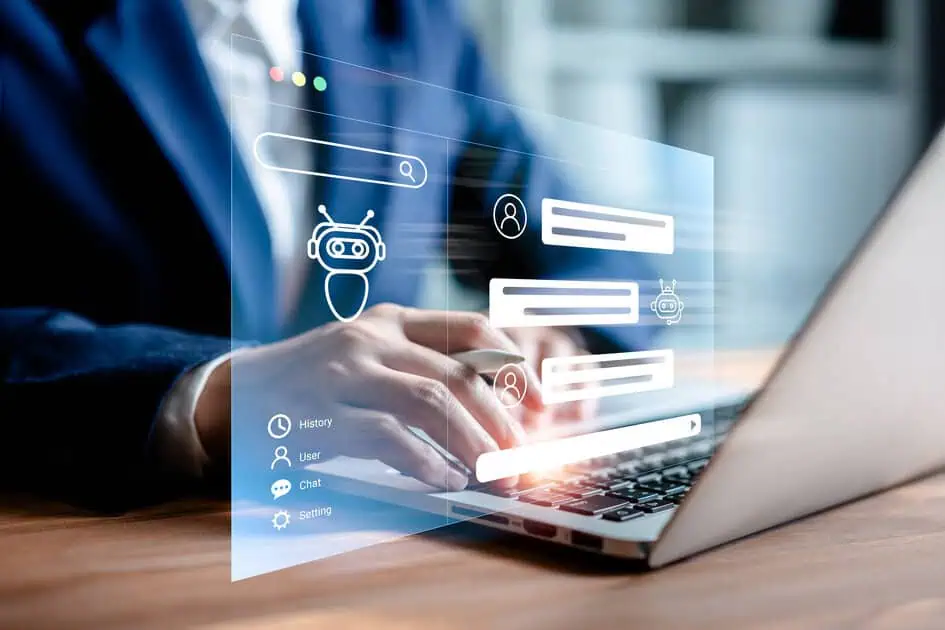Remote patient monitoring (RPM) has emerged as a valuable tool in modern healthcare, especially with the growing popularity of telehealth services. Through remote patient monitoring, healthcare providers can track patients’ vital signs, symptoms, and health data in real-time, regardless of the patient’s physical location. Virtual assistants play a crucial role in facilitating effective telehealth services by managing the intricacies of remote patient monitoring and ensuring seamless communication between doctors and patients. According to a recent AMA study, RPM adoption grew by 41% among physicians between 2018 and 2022, underscoring its rapid integration into everyday telehealth workflows.
Data Collection and Reporting: Virtual assistants can efficiently collect and collate patient data from various RPM devices, such as wearable fitness trackers, blood pressure monitors, and glucose meters. They can then organize and present this information in a comprehensive report for healthcare providers to review and analyze during telehealth consultations.
Patient Communication and Engagement: Virtual assistants play a significant role in engaging patients throughout the RPM process. They can send reminders to patients to perform self-monitoring tasks, such as taking medication or measuring vital signs, ensuring patients remain compliant with their care plans.
Alerts and Notifications: When patient data falls outside the normal range or indicates potential health concerns, virtual assistants can immediately notify healthcare providers. Timely alerts enable doctors to intervene promptly and provide appropriate medical advice or adjustments to the patient’s treatment plan.
Troubleshooting Technical Issues: Patients may encounter technical challenges when using RPM devices or telehealth platforms. Virtual assistants can offer technical support to patients, troubleshoot issues, and guide them through the necessary steps to ensure uninterrupted RPM.
Privacy and Data Security: Virtual assistants are trained to adhere to strict privacy and security protocols, ensuring that patient data transmitted during RPM remains confidential and protected from unauthorized access.
Multilingual Support: For healthcare providers serving diverse patient populations, a multilingual virtual assistant can be invaluable in ensuring effective communication with patients who speak different languages.
Streamlining Telehealth Appointments: Virtual assistants can assist in scheduling telehealth appointments, sending appointment reminders, and coordinating the virtual calendar to ensure smooth and efficient telehealth services.
Patient Education and Empowerment: Virtual assistants can provide educational materials to patients, helping them understand the importance of remote monitoring and empowering them to take an active role in managing their health.
Long-term Monitoring and Trend Analysis: Virtual assistants can help doctors identify long-term health trends by tracking and analyzing RPM data over extended periods. This data-driven approach allows healthcare providers to make informed decisions about treatment plans and interventions.
Quality Improvement Initiatives: Virtual assistants can aid healthcare providers in collecting patient feedback on their RPM experience, contributing to quality improvement initiatives and enhancing the overall telehealth service delivery.
In conclusion, virtual assistants are instrumental in facilitating effective remote patient monitoring and telehealth services. By managing data collection, patient communication, technical support, privacy concerns, and other aspects of RPM, virtual assistants enable healthcare providers to offer personalized and timely care to patients, regardless of their physical location. Embracing virtual assistants in telehealth services paves the way for improved patient outcomes, increased patient engagement, and enhanced efficiency in healthcare delivery.



